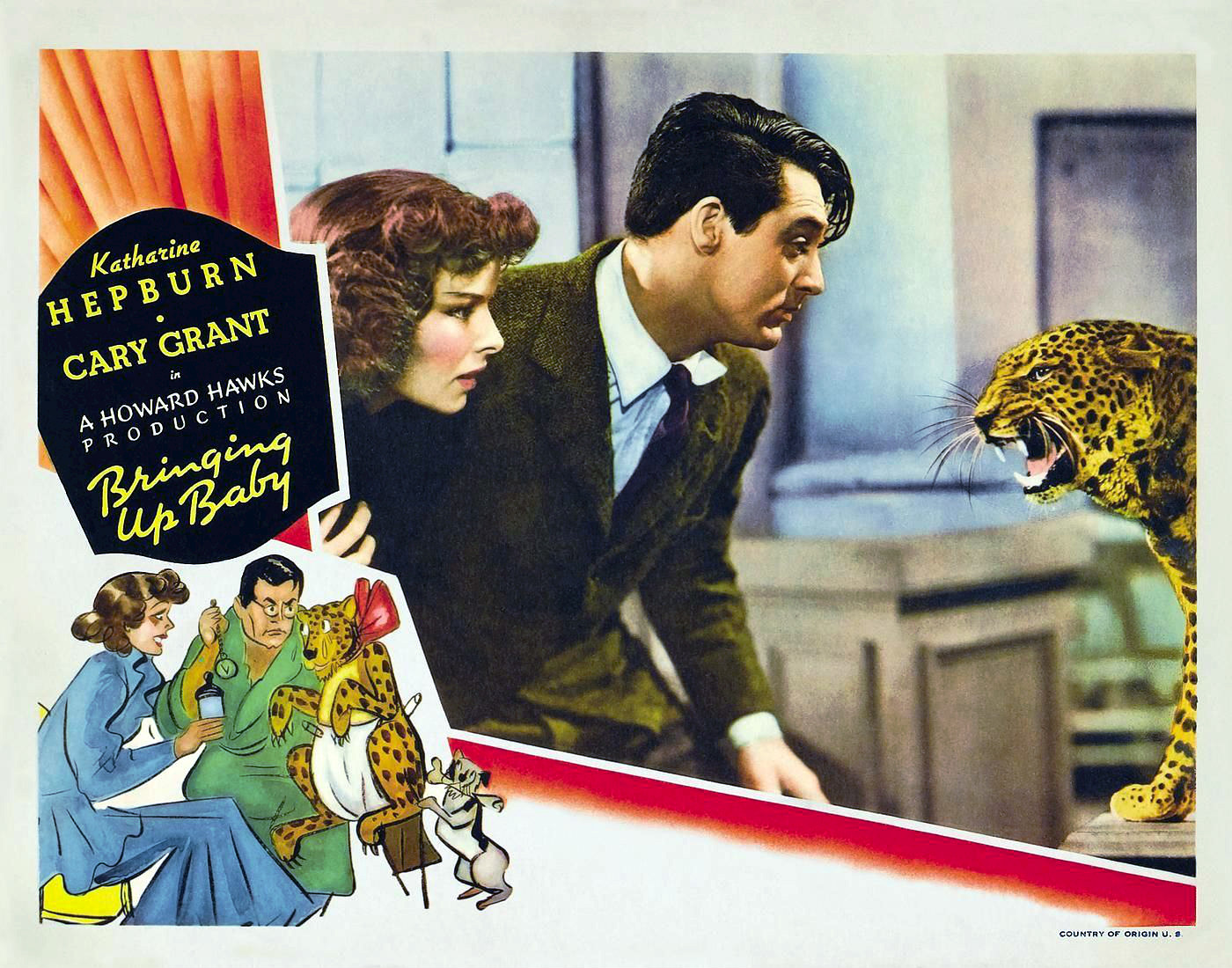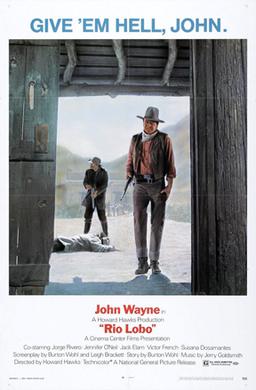 |
| Phillips Holmes, DeWitt Jennings, and Walter Huston in The Criminal Code |
Cast: Walter Huston, Phillips Holmes, Constance Cummings, Boris Karloff, DeWitt Jennings, Mary Doran, Ethel Wales, Clark Marshall, Arthur Hoyt, John St. Polis, Paul Porcasi, Otto Hoffman, John Sheehan. Screenplay: Fred Niblo Jr., Seton I. Miller, based on a play by Martin Flavin. Cinematography: James Wong Howe, Ted Tetzlaff. Art direction: Edward C. Jewell. Film editing: Edward Curtiss. Music: Sam Perry.
Howard Hawks's The Criminal Code is based on a stage play, and it shows. Although it begins with some Hawksian verve -- two guys arguing about 42 cents won in a pinochle game -- it eventually devolves into some rather inert and talky scenes in the office of prison warden Mark Brady (Walter Huston). Brady is a former district attorney who lost a bid for governor and wound up running a prison that houses a lot of the men he convicted. One of them is young Robert Graham (Phillips Holmes), who was persuaded to plead guilty of an accidental crime for which, as even Brady concedes, any good lawyer could have helped him beat the rap. Brady also has a pretty daughter, Mary (Constance Cummings), and when he turns Graham into a trusty responsible for chauffeuring her, you can guess the consequences. But just when it looks like Graham is going to get paroled, he becomes a witness to the murder of an inmate thought to be a stool pigeon. Graham fears that if he fingers the killer (Boris Karloff), he too will suffer the fate of a rat. There are some good scenes in the prison, and Hawks directs the camera more fluidly than is typical of early talkies, but he hasn't yet developed the facility with dialogue that became his hallmark. Huston, for example, keeps interjecting "yeah" into his lines, I think because directors of early talkies -- The Criminal Code was only Hawks's second -- liked to slow down scenes that had a lot of talk because they were afraid audiences used to title cards wouldn't be able to follow what was being said. The film is of interest mostly to Hawks completists, then, but it's good to see Karloff before Frankenstein (James Whale, 1931) stereotyped him forever. Look for Andy Devine in a small role -- a convict slicing bread -- before he developed his raspy whine.



























_film_poster.jpg)
